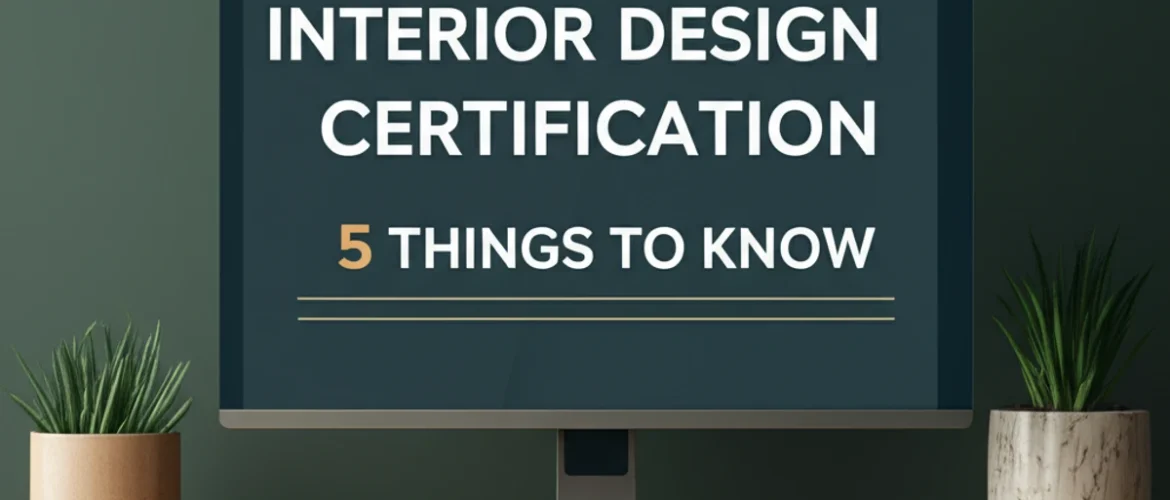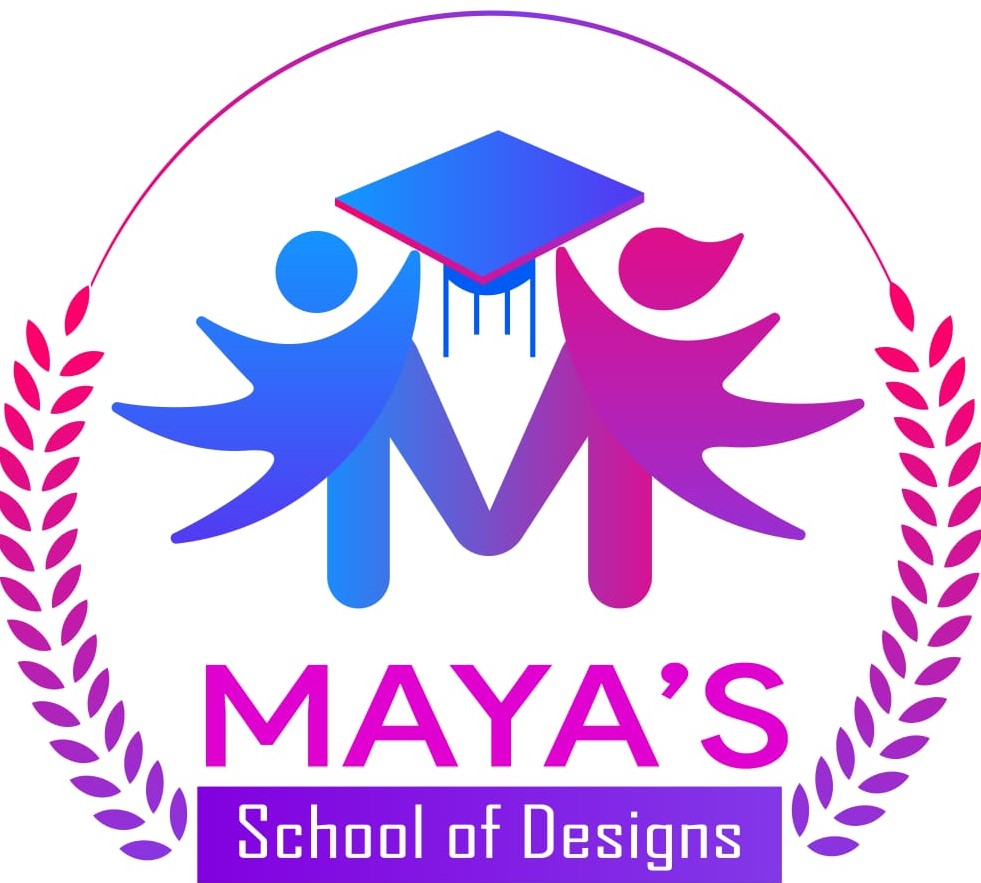Blog
Interior Design Certification: 5 Things to Know
- September 5, 2025
- Posted by: admin
- Category: ** Education

Interior Design ## Unlocking Your Design Destiny: 5 Crucial Insights into Certification
future Hello design mavens! Have you ever walked into a and room felt an immediate connection a sense of belonging,or pure , unadulterated awe? That my is friends the magic of – the art of transforming spaces into experiences. If your heart pounds a little faster at the thought of color palettes texture boards and floor plans you’re likely an course aspirant standing at the exciting precipice of a new career .
But with so many pathways, questions naturally arise . “Do I need a degree? What about a certification? ” Today we’re peeling back the layers on one of the most popular and practical entry points: certification .Forget the jargon; we’re diving deep into the real talk arming you with the knowledge to make informed decisions and confidently stride towards your design dreams.Let’s unravel the five crucial things you need to know about this powerful credential.
Is an Certification Just a Piece of Paper or a Passport to Your Passion?
This is perhaps the first question swirls that in the minds of many: “Is an certification truly valuable or is it merely a formality ? ” Let me tell you it’s far more than just a certificate hanging on a wall; it’s a meticulously crafted launchpad for your design career. Think of it as your official stamp of approval signaling to clients and employers that you possess a foundational understanding of design principles,project management,and industry standards.
While a four-year degree offers a broader more academic foundation, an certification course is often a focused intensive dive into practical the skills you’ll use daily .It’s about getting your hands dirty (metaphorically of course,unless you’re mixing paint samples ! ) with real-world applications – space planning material selection lighting design , and even client communication . It equips you with a robust toolkit, providing concentrated expertise that allows you to confidently step into entry-level roles or even start your own freelance journey . It’s not just theory; it’s about applied knowledge that translates directly into beautiful functional spaces.
Who’s Invited to This Creative Party? Decoding Course Eligibility.
So you’re buzzing with creative energy and a vision for transforming spaces.But are you eligible to embark on this journey? The good news is that the course eligibility requirements are often more accessible than for those a full degree program,making certification an excellent option for a diverse range of aspirants.Generally a high school diploma or its equivalent is the primary academic prerequisite. Many programs are designed to welcome individuals from various backgrounds , whether you’re a recent graduate a career changer or someone looking to formalize their existing passion .
Beyond the academic basics what truly matters is your innate artistic sensibility , a keen eye for aesthetics, and a burning desire to learn. curiosity Passion and a willingness to embrace new concepts are arguably the most important “eligibility” criteria.Some advanced certification courses might prefer candidates with a basic portfolio or a foundational understanding of design but entry-level * certification courses* are typically structured to teach you everything from the ground up.Don’t let perceived barriers hold you back; if you have the drive there’s likely a program that’s the perfect fit for your aspirations.
Short & Sweet or Deep Dive?Your Choosing Certification Journey’s Pace.
One of the most appealing aspects of certification is the flexibility it often offers in terms of duration and depth. Are you looking for a rapid infusion of skills to your kickstart career quickly or do you prefer a more comprehensive yet still focused, learning experience? This brings us to the choice between a *short term certification* and slightly longer diploma programs.
short A-term certification might run for a few months , focusing intensely on core concepts like theory color basic drafting, and material selection .These are fantastic for gaining immediate , actionable skills and testing the waters of the profession without a long-term commitment. On the other hand programs like a *diploma in Bangalore* or other cities across India often extend for six months a to year ,delving deeper into subjects like CAD software,professional practices and specialized design areas.This extended duration allows for a more robust portfolio development and a more thorough understanding of the industry’s nuances.choice Your will largely depend on your personal timeline, budget and career goals. Do you envision a quick entry into freelance styling, or a more structured path into an established design firm?Both are valid and both are achievable through certification .
Where Should You Plant Your Creative Seeds? Navigating Certification Program Choices.
Once you’ve decided on the “what” and the “how long” the next pivotal question is “where? ” the Choosing right institution for your *design course certification India* can significantly impact your learning experience and future opportunities.It’s not just about proximity; it’s about finding a program that aligns with your values , learning style and professional ambitions .
Begin by researching accredited institutions. Accreditation ensures that the curriculum meets recognized industry standards lending credibility to your certification. Look into the faculty – they do have real-world experience? What kind of alumni network does the institution boast?If you’re specifically eyeing a *diploma in Bangalore*,for instance , research local institutions known for their industry connections and practical training. Visit campuses if possible,or engage with current students and alumni online get to a genuine for feel the program.Consider the curriculum’s focus – does it lean towards residential ,commercial or sustainable design?A program that offers robust portfolio development opportunities and career support can be invaluable,transforming your theoretical knowledge into a marketable skill ready set for the competitive design world.
Beyond the Blueprint: What Real-World Impact Does Certification Actually Have?
So, you’ve completed your * certification course* portfolio in hand and a head full of fresh ideas .what Now?The real-world impact of your certification is profound and multifaceted . Firstly it validates your expertise .When you meet a potential client that certification isn’t just piece a paper of; it’s a testament to your dedication and formal training. It builds trust assuring them that you understand the intricacies of creating functional aesthetically and pleasing safe environments .
Secondly certification often opens doors to professional networks and associations which are goldmines for collaboration, mentorship,and job opportunities.Many entry-level positions in design firms specifically look for candidates with formal training and your certification can be the key differentiator. Moreover it empowers you to command better project rates and confidently articulate your value. I once met a designer who, after years of informal learning, pursued a short-term certification. She told me it wasn’t just about the new skills, but the immense confidence it instilled, allowing her to pitch to larger clients and elevate her entire brand .It’s an investment in yourself , an essential step in transforming your passion into a thriving respected profession .
—
Embarking on an certification is journey more than just enrolling a in course; it’s about investing in your creative future building a foundation of knowledge and gaining the confidence to turn dreams into tangible beautiful spaces .Whether you’re drawn a to *short term certification* or a comprehensive *diploma in Bangalore*, remember that every brushstroke of learning brings you closer to your masterpiece.Your design destiny awaits !
—
[“” “Certification” “Design Course”, “Career Tips”, “Eligibility” “Short Term Course” “Diploma” “India Design”, “Aspirants”,”E-E-A-T”]
